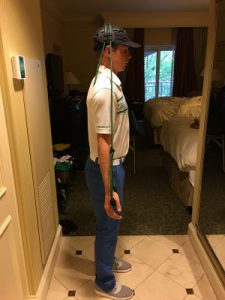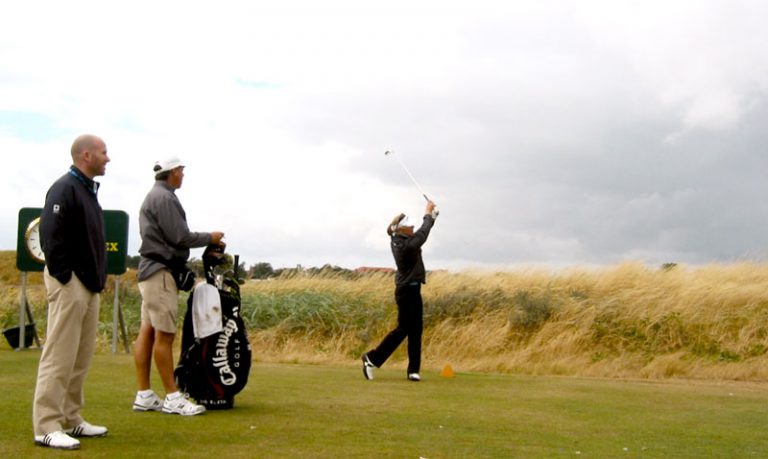Ever wondered why despite ongoing effort and awareness, postural positions and movement patterns seem to always regress back to our “natural” state? Ever been curious why we can control posture and movement in a closed environment, but when we add other stimulus we seem to lose that control?
I’m proposing that is largely due to the fact that the muscles responsible for controlling posture, stability, balance and joint integrity run off a predominantly unconscious system.
Only a small part of our brain’s function is actually dedicated to conscious control of these muscles.
Discovered in the work of GravityFit’s founder Dr Carolyn Richardson, the way that these deep muscles are activated is essentially the brain reacting to external stimuli, specifically axial load or being applied to the hands, feet, shoulder and head.
Think light force being pushed down the line of the limb or spine.

This process is as follows:
Axial Load provides stimulus
- Message sent up ascending neural tract
- Information received by the brain
- Action initiated by the brain
- Message sent down the descending neural tract
- Deep muscle contraction elicited to tolerate the axial load
The more time (duration and frequency) we are under axial load, the stronger that neural connection becomes, leading to a more automatic activation of the deep muscle system.
If we aim to initiate that action from the conscious brain, it’s like trying to use a torch with a battery that doesn’t have any charge. You might get a reaction but the signal will be temporary, transient and weak. Better to fully charge the battery, and rely on that signal being strong, consistent and durable.

Trying to consciously activate and control these muscles is difficult at best, and a complete waste of time at worst.
This is supported by a growing body of recent research that suggests that teaching movements using external cues (“push into the floor”) is a more effective than using internal cues (“bend at the knee and hip whilst contracting your quads and glutes”).
I believe that this deep muscle system operating on an unconscious level is one of the reasons that both learning and coaching golf is so tricky; there is so much to think about (lie, stance, wind, distance, club etc etc), with so little margin for error and so little opportunity for conscious control of a complex set of muscles responsible for stabilisation.
I also think that the unconscious deep muscle control contributes to the idea that better athletes generally make better golfers. They have had exposure to a consistent level of wide ranging stimuli via axial load, which over the years has primed their deep muscle system and unconsciously taught them how to control their body better.
This concept can be tricky to get your head around, so I’ll aim to elaborate using the example of a PGA Tour player. Cameron Smith and I have worked together for years and we have gradually come to the realisation that his body needs to be exposed to axial load and the right stimulus for his deep muscle system to remain active.
We believe that has a very tangible effect on Cam’s posture, injury prevention and quality of movement which are at the top of our list of physical priorities. Cam uses the following simple techniques to expose himself to that critical axial load:
Postural Drills – Daily
Using The Gravity Cap and TPro, both made by GravityFit. The Gravity Cap gives him axial load on top of the skull and down the spine. The TPro provides that stimulus on to the hand in the direction of the shoulder girdle.

Closed Chain Gym Movements – 2/3 x per week
Squats, lunges, jumping and bounding deliver a lot of stimulus for the lower body deep muscles. These are combined with closed chain upper body push and pull movements
Golf Warm Up – Daily
Postural drills are key part of Cam’s golf preparation. It’s the last thing he does before heading to the range.
Golf Drills – Daily
Transferring that load and postural feel to the actual skill, this time using the GravityFit TPro to hit shots with
If you would like to know more about how axial load can help activate and strengthen your deep muscle system, check out gravityfit.com for more info.




